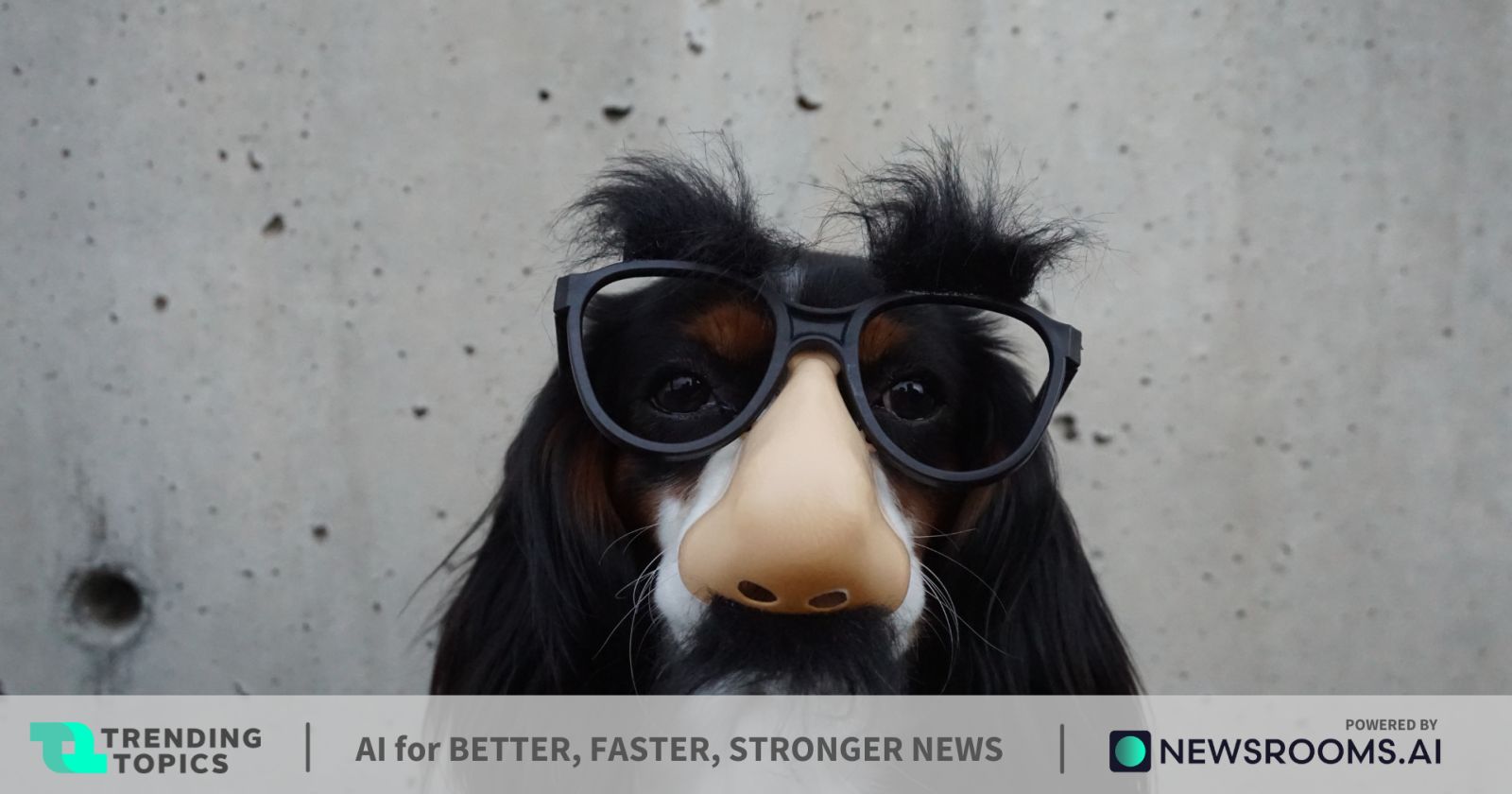A team of scientists from Philadelphia wanted to find out how chemicals in the air are related to people’s perception of smell. However, it was not a human, but a machine learning model that managed to describe in words what chemicals smell like – and in shocking detail.
To improve understanding of how the brain and our nose work together
In neuroscience, it is of central importance to understand how our senses receive different information from the environment and convert it into perceptible impressions. These include the transformation of light into visual perceptions through the eyes, the transformation of sounds into hearing through the ears, and the transformation of food into taste sensations through the taste buds. The question of how the skin perceives textures and touch also plays an important role. However, the conversion of fragrances into olfactory sensations is considered particularly challenging. This challenge has been of intense concern to researchers for a long time.
“In olfactory research, the question of which physical properties ensure that a molecule in the air smells the way it does in the brain has long been a mystery. However, if a computer could finally understand the connection between the shape of molecules and the ultimate perception of their smells, scientists would be able to use this knowledge to improve our understanding of how our brains and noses work together,” explains Joel Mainland , co-author of the study from Philadelphia.
Learning model could describe smell of chemicals in words
A research team consisting of the Monell Chemical Senses Center and the startup Osmo, which emerged from Google Research and Google DeepMind, wanted to get to the bottom of this matter and investigate how airborne chemicals are related to the perception of smells in the brain. Led by Osmo CEO Alex Wiltschko, the research team developed a machine learning model that could understand how to link odor descriptions to the underlying chemical structures. The report appeared in Science Magazine at the beginning of September.
To train the model, the team used a large collection of industry data. This data collection contained information about the molecular structures and odor properties of approximately 5,000 known odorants. The model received the molecular structure of a substance as input and provided as output predictions about which words are best suited to describe its smell. So, during the experiments, it turned out that the machine learning model was actually able to translate the smell of chemicals into human-like linguistic descriptions.
Human noses surpassed in describing smells
In addition, when comparing the performance of the developed model and the performance of individual test participants, it was found that the model made better predictions about the average odor ratings of the test group than any individual participant, except in cases where contaminants were in the game. What was particularly notable was that the model performed better than the average test participant on 53% of the molecules tested.
A surprising result was that the model was successful even on tasks for which it was not specifically trained. For example, it could accurately predict odor strength even though it was never conditioned to it. The model even identified structurally different molecules with surprisingly similar odors and characterized a wide range of odor properties for hundreds of thousands of potential odor molecules.
The researchers hope that this development will provide a useful resource for the fields of chemistry, olfactory neuroscience and psychophysics to further explore the fundamentals of olfactory perception.
So far only vision and hearing can be digitized
The model developed created a map grouping similar-smelling odors, such as flower candy and candy candy. This can actually be seen as a groundbreaking finding. Computers have previously been able to digitize vision and hearing, but not the sense of smell. The study thus proposes a new method that uses data to map the human sense of smell while linking chemical structure to perceived odor quality.
Model “closes age-old gaps” and could identify new scents in the future
“The model closes age-old gaps in the scientific understanding of the sense of smell. This collaboration brings the world closer to digitizing smells to be recorded and reproduced. “It could also identify new odors for the fragrance and flavor industry, which could not only reduce the reliance of endangered plants on natural sources, but also identify new functional scents for applications such as mosquito repellent or masking malodors,” said senior co-founder Author Joel Mainland concludes on the results.
Viennese AI app Totoy explains letters from authorities in the native language
